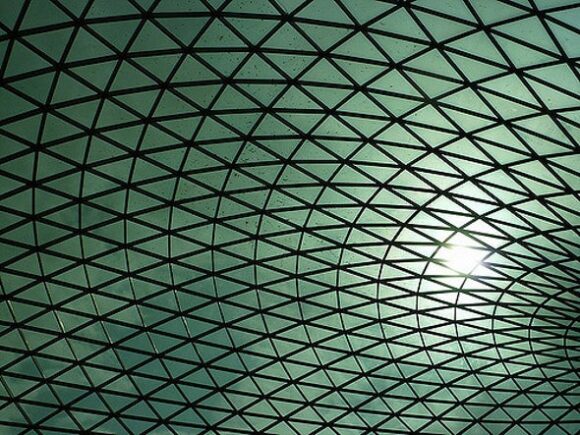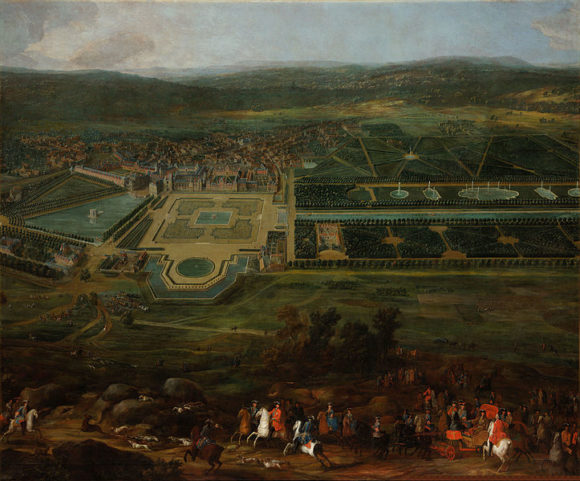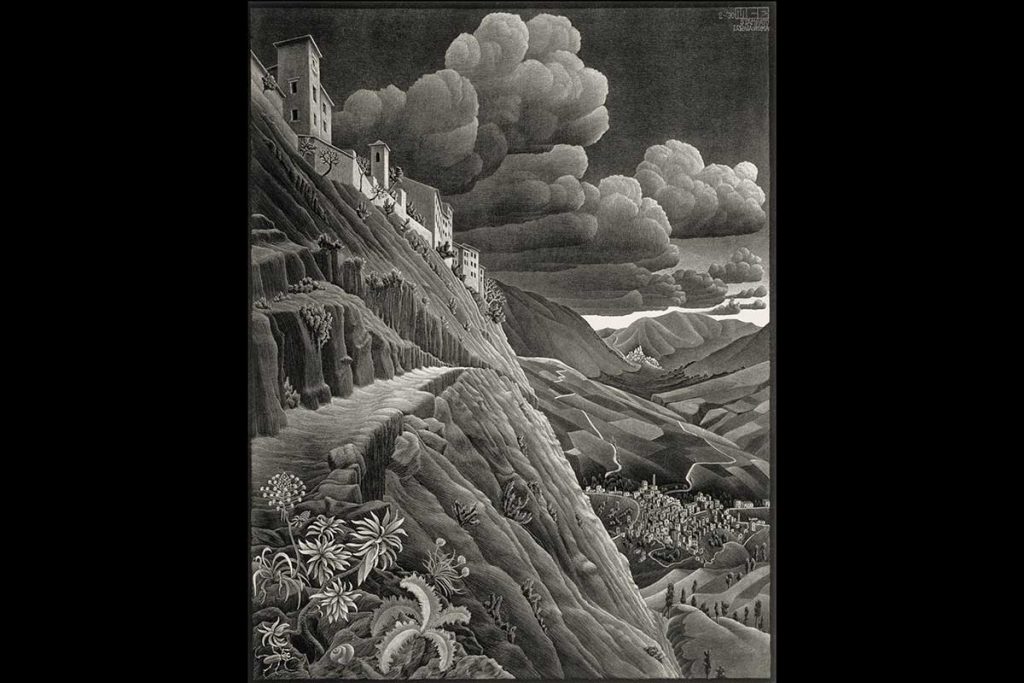Reading Love Triangle by Matt Parker for the Telegraph
“These are small,” says Father Ted in the eponymous sitcom, and he holds up a pair of toy cows. “But the ones out there,” he explains to Father Dougal, pointing out the window, “are far away.”
It may not sound like much of a compliment to say that Matt Parker’s new popular mathematics book made me feel like Dougal, but fans of Graham Linehan’s masterpiece will understand. I mean that I felt very well looked after, and, in all my ignorance, handled with a saint-like patience.
Calculating the size of an object from its spatial position has tried finer minds than Dougal’s. A long virtuoso passage early on in Love Triangle enumerates the half-dozen stages of inductive reasoning required to establish the distance of the largest object in the universe — a feature within the cosmic web of galaxies called The Giant Ring. Over nine billion light years away, the Giant Ring still occupies 34.5 degrees of the sky: now that’s what I call big and far away.
Measuring it has been no easy task, and yet the first, foundational step in the calculation turns out to be something as simple as triangulating the length of a piece of road.
“Love Triangle”, as no one will be surprised to learn, is about triangles. Triangles were invented (just go along with me here) in ancient Egypt, where the regularly flooding river Nile obliterated boundary markers for miles around and made rural land disputes a tiresome inevitability. Geometry, says the historian Herodotus around 430 BC, was invented to calculate the exact size of a plot of land. We’ve no reason to disbelieve him.
Parker spends a good amount of time demonstrating the practical usefulness of basic geometry, that allows us to extract the shape and volume of triangular space from a single angle and the length of a single side. At one point, on a visit to Tokyo, he uses a transparent ruler and a tourist map to calculate the height of the city’s tallest tower, the SkyTree.
Having shown triangles performing everyday miracles, he then tucks into their secret: “Triangles,” he explains, “are in the sweet spot of having enough sides to be a physical shape, while still having enough limitations that we can say generalised and meaningful things about them.” Shapes with more sides get boring really quickly, not least because they become so unwieldy in higher dimensions, which is where so many of the joys of real mathematics reside.
Adding dimensions to triangles adds just one corner per dimension. A square, on the other hand, explodes, doubling its number of corners with each dimension. (A cube has eight.) This makes triangles the go-to shape for anyone who wants to assemble meshes in higher dimensions. All sorts of complicated paths are brought within computational reach, making possible all manner of civilisational triumphs, including (but not limited to) photorealistic animations.
So many problems can be cracked by reducing them to triangles, there is an entire mathematical discipline, trigonometry, concerned with the relationships between their angles and side lengths. Parker’s adventures on the spplied side of trigonometry become, of necessity, something of a blooming, buzzing confusion, but his anecdotes are well judged and lead the reader seamlessly into quite complex territory. Ever wanted to know how Kathleen Lonsdale applied Fourier transforms to X-ray waves, making possible Rosalind Franklin’s work on DNA structure? Parker starts us off on that journey by wrapping a bit of paper around a cucumber and cutting it at a slant. Half a dozen pages later, we may not have the firmest grasp of what Parker calls the most incredible bit of maths most people have never heard of, but we do have a clear map of what we do not know.
Whether Parker’s garrulousness charms you or grates on you will be a matter of taste. I have a pious aversion to writers who feel the need to cheer their readers through complex material every five minutes. But it’s hard not to tap your foot to cheap music, and what could be cheaper than Parker’s assertion that introducing coordinates early on in a maths lesson “could be considered ‘putting Descartes before the course’”?
Parker has a fine old time with his material, and only a curmudgeon can fail to be charmed by his willingness to call Heron’s two-thousand-year-old formula for finding the area of a triangle “stupid” (he’s not wrong, neither) and the elongated pentagonal gyrocupolarotunda a “dumb shape”.




